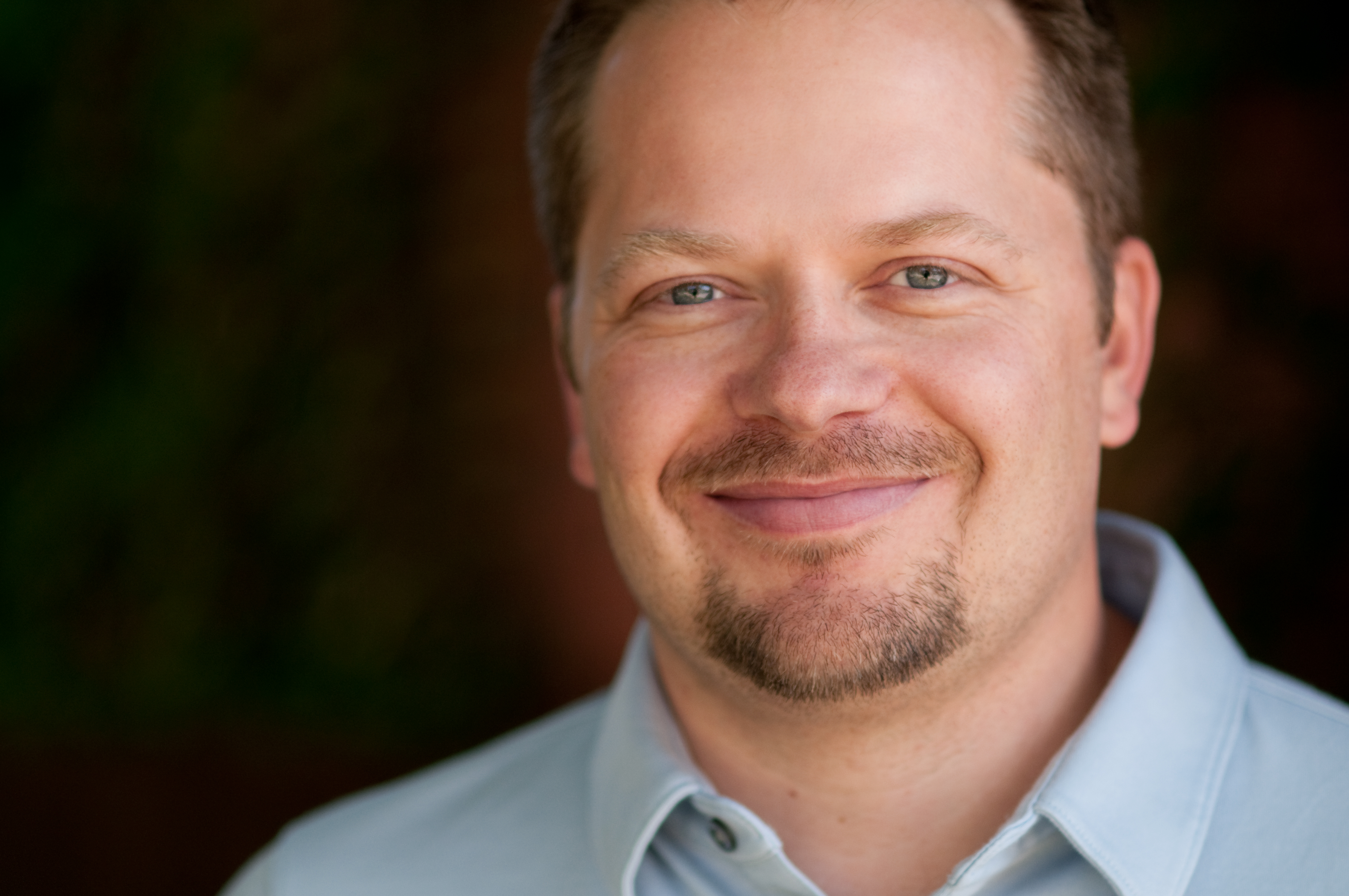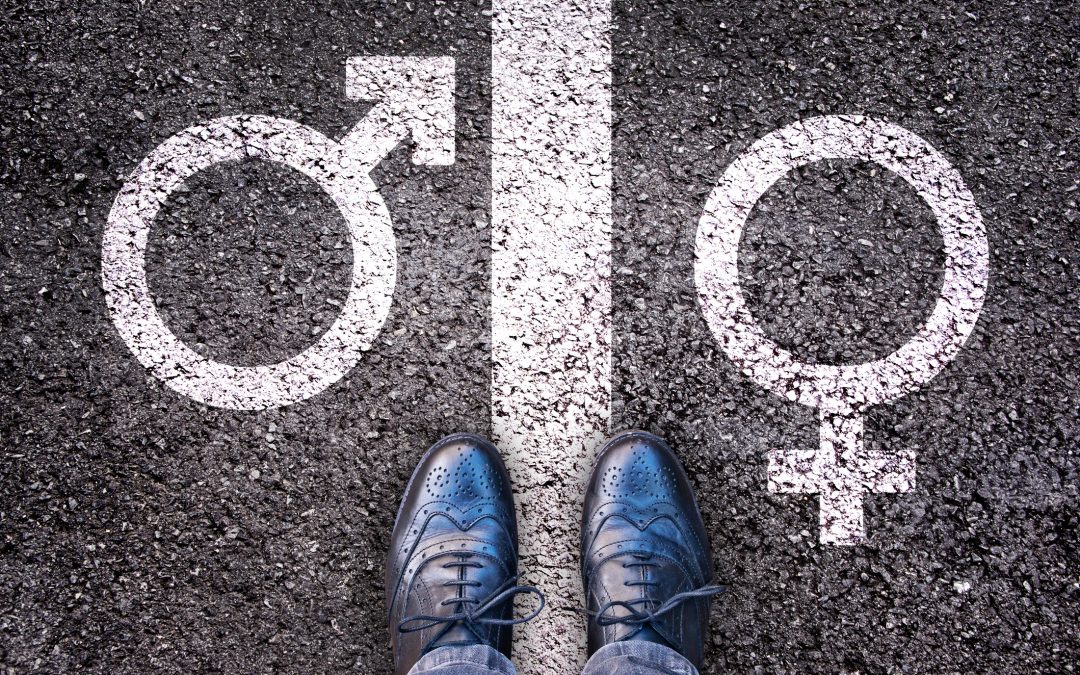In his book Understanding Gender Dysphoria: Navigating Transgender Issues in a Changing Culture, Mark Yarhouse has identified three “frameworks” or “lenses” that people use when thinking about the transgender topic. They are 1) the integrity framework, 2) the disability framework, and 3) the diversity framework. Learning about these frameworks can be helpful in understanding where someone else may be coming from. They can also help make sense of why some conversations seem to go nowhere.
Before I go further, I want to explain why it is important to understand these three different perspectives. Bottom line, they are so different that it is almost like they require us to speak different languages. Some Christians have a strong belief that male and female are direct reflections of the intentions and character of God. To them, the idea of messing with gender is a really big deal. Conversely, some view transgender as another of God’s unique creations to be celebrated. “Male” and “female” may not be as connected to the essence of who God is to them.
It can be a real challenge to communicate when the starting places are so far apart from one another. This is especially true when we don’t realize how far apart we actually are. Understanding that there may be a big disconnect from the very beginning of the conversation makes moving forward possible.
The Integrity Framework
In Yarhouse’s words, one using the integrity framework, “…views sex and gender and, therefore, gender identity conflicts in terms of “the sacred integrity of maleness and femaleness stamped on one’s body.” Cross-gender identification is a concern in large part because it threatens the integrity of male-female distinctions …. [T]he theological concerns rest in the denial of the integrity of one’s own sex and an overt attempt at marring the sacred image of maleness or femaleness formed by God.”1
Those coming from the “integrity” perspective tend to be conservative theologically speaking. They may be quite compassionate regarding the deep struggle of a person trying to come to terms with their gender identity (the gender a person feels themselves to be). But they may also regard biological maleness or femaleness as the key factor in its resolution. Most from this perspective would be concerned about cross-gender behavior. Whether it is minimal cross-dressing to the more invasive, surgical options that attempt to match biology with gender identity.
Caution
Those who espouse the “integrity” perspective need to be cautious on several fronts. In most cases, biological gender is clear (with the exception of intersex people, whose biology is ambiguous). However, the definitions of gender roles and gender behaviors can be quite subjective and vary wildly from culture to culture. Our own cultural ideas of what it means to be a man or a woman have changed significantly over the past 50 years. For example, men were once the primary or sole wage earners. Now most families have two working parents, often with the female earning more money. Many cultural norms have been turned on their heads since WWI.
Another reason for caution is that we live in a fallen world. The perfection we were designed for has not existed since sin entered the world. It stands to reason that even our DNA is affected by sin. We don’t know enough about what causes gender dysphoria, but it is likely a mixture of genetic and environmental elements.
The Disability Framework
The disability framework views gender dysphoria “with reference to the mental health dimensions of the phenomenon …. For Christians who are drawn more to this framework, gender dysphoria is viewed as a result of living in a fallen world in which the condition–like so many mental health concerns–is a nonmoral reality.”2 We don’t typically assign a moral judgment to people dealing with mental health issues, such as depression or schizophrenia. Those using the disability framework assess transgender matters similarly. Viewed as having a disability, transgender men and women may pursue some potentially helpful treatments. These might include counseling or some forms of cross-gender identification that reduce anxiety. The main point to consider here is that those within this framework do not view being transgender as a moral issue.
The Diversity Framework
The diversity framework views transgender as “something to be celebrated, honored or revered;”3 being transgender is just another variation of God’s wonderful creation. Yarhouse identifies two variations in this framework: those with a strong view of diversity and those with a weak view (strong and weak are used here as terms to indicate the strength of the commitment to diversity, not a statement that one is better than the other). Those with a strong view tend to see the binary system of male/female, including sex and social norms, as problematic. The binary approach needs to be abandoned in order to bring about greater acceptance of multiple variations of gender and sexuality. Those with the weak view of diversity, currently in the majority, are not seeking to deconstruct the binary system, but rather to promote more acceptance of the transgender identity and community, even within the LGBTQ population.
Understanding
The reason I have devoted an article to this topic is that I think it is important to try and understand where another person may be coming from in this conversation. This does not mean that we all have to agree with one another; but rather than assuming that someone is being stubborn or willfully rebellious, perhaps we can accept that people approach gender and sexuality (and many other things) from different world views. Regardless of how we feel about such volatile issues, it is good to take a step back and consider the reality of points of view other than our own.
In my next article, I will follow up with a fourth framework Yarhouse suggests we move towards and some of my thoughts about where I find myself in the frameworks he has presented.
1 Mark A. Yarhouse, Understanding Gender Dysphoria: Navigating Transgender Issues in a Changing Culture (Downers Grove: IVP Academic, 2015), 46.
2 Yarhouse, pg. 48.
3 Yarhouse, pg. 50.

Roger Jones
Executive Director
In the spring of 1995, the conflict Roger felt between his faith and his sexuality, as well as an addiction to pornography, led him to WGA. His personal journey has provided him unique insights into sexuality and the pain of adversity, which he shares through his testimony, facilitation of small groups, writing and public speaking.
Roger began working with WGA in October of 1996 as the Assistant office Manager. Since that time, he has worn many hats and served in several different positions, including Assistant Program Director and Operations Director. In April of 2007, Roger assumed the position of Executive Director.
Roger attended West Texas A&M University, where he studied Music Business. Much of his training has been “on the job,” where he was mentored by the ministry’s Founder, Mary Heathman, and the Program Director, Scott Kingry. He holds a BA from West Texas A&M University.
Roger, his wife Jill, and their daughter Julia and son William, attend Celebration Community Church where Jill serves as Associate Pastor.
Make a Difference in Someone's Life
If you enjoy reading WGA’s blogs and would like to show your support, please consider making a donation. Where Grace Abounds is a 501(c)3 non-profit organization. The majority of services, including support groups and discipleship counseling, are provided free of charge. Your financial gifts help to cover the costs associated with offering a free program to those who seek WGA’s services.

